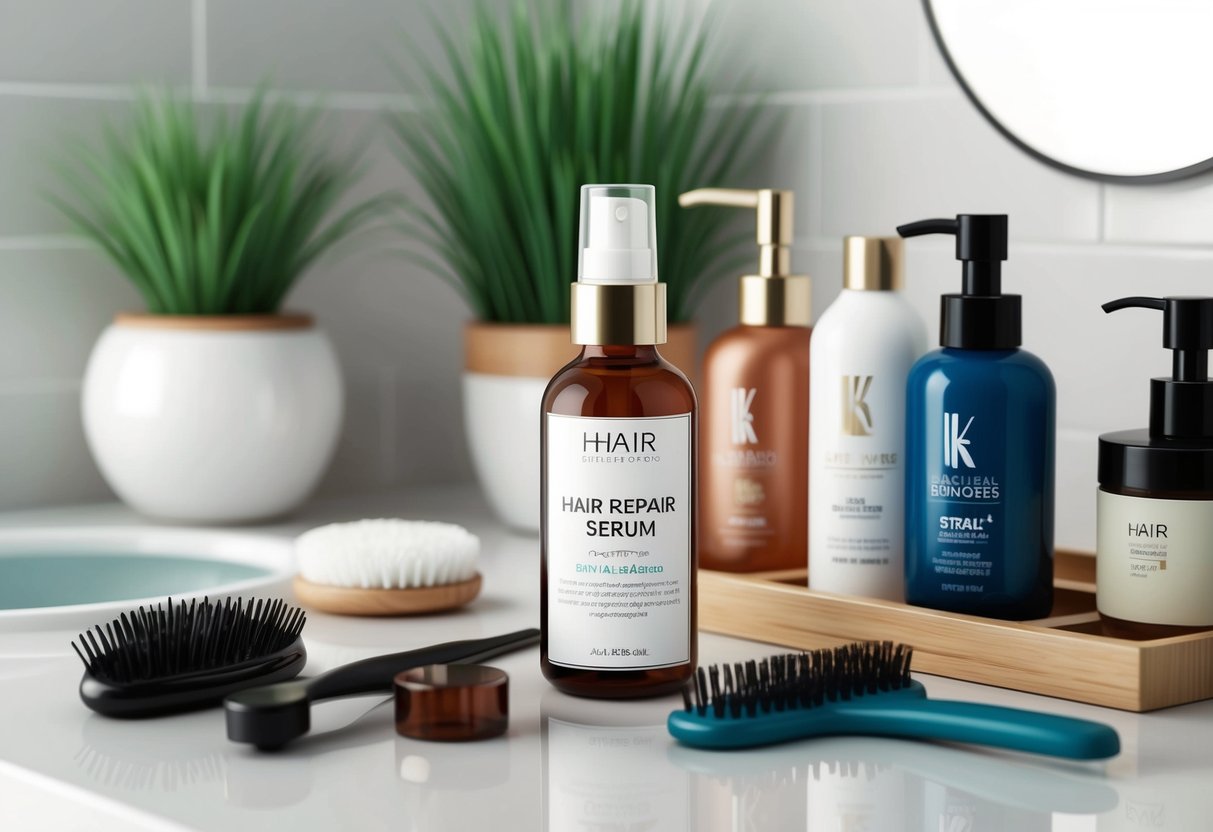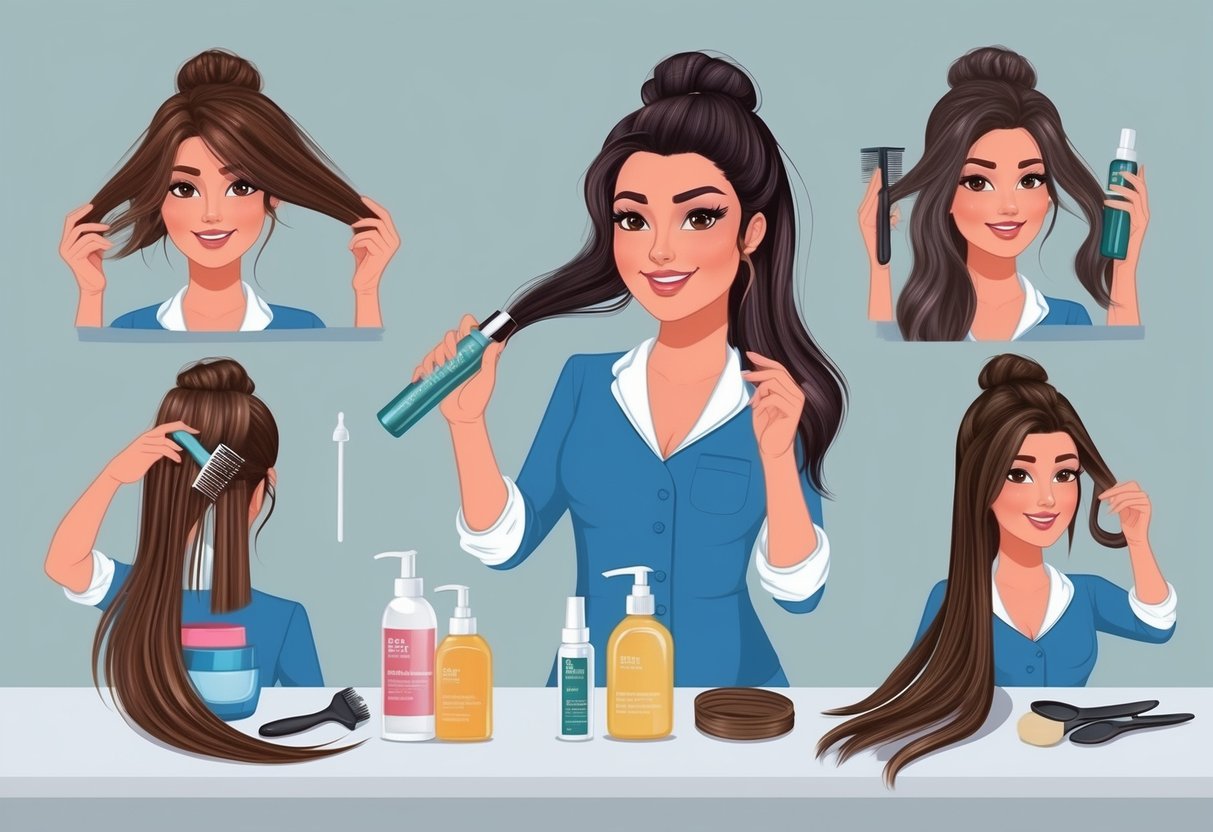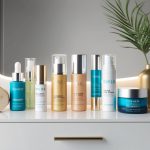How to Repair Damaged Hair: Expert Tips for Stronger, Shinier Locks
Maintaining Long-Term Hair Health

Strong, shiny hair is the result of consistent care and informed choices. Effective hair maintenance combines the right topical products, thoughtful routines, and healthy habits for noticeable improvements in hair texture, strength, and growth.
Incorporating Hyaluronic Acid
Hyaluronic acid has become a recognized ingredient in maintaining hair moisture and resilience. Its unique ability to retain water helps provide long-lasting hydration without weighing the hair down.
This property is especially important for those prone to dryness, breakage, or frizz. By using products containing hyaluronic acid, like hydrating shampoos or leave-in treatments, individuals can boost moisture retention in both the hair shaft and scalp.
This makes the hair appear smoother and more manageable. Incorporating this ingredient complements traditional treatments, supporting the hair’s barrier and preventing further damage.
Dry environments, frequent heat styling, and chemical services can all benefit from a regular routine featuring hyaluronic acid-infused products. Choose sulfate-free options that lock in moisture to maintain hair health over time.
Supporting Healthy Hair Growth
Hair growth relies on a balanced approach that combines external treatments, gentle care, and strategies designed to minimize hair loss. Regular trims keep split ends at bay and encourage healthier-looking lengths.
Avoiding harsh chemicals and limiting heat exposure can reduce the chances of breakage and thinning. Use strengthening treatments with ingredients such as keratin, biotin, or proteins, which help restore the hair’s natural structure.
Massage the scalp regularly to increase circulation and encourage follicles to stay active. Protective styles and reducing the use of tight elastics can further aid in preventing mechanical stress that leads to thinning.
Incorporate dry shampoo between washes to maintain scalp health and volume while reducing the risk of overwashing, which can strip the scalp of nourishing oils. More information is available in expert guides that describe how to restore damaged hair using hydrating and strengthening ingredients.
Role of Diet and Lifestyle Choices
What people eat and how they manage stress have a measurable influence on hair health and growth. Diets rich in proteins, zinc, and essential fatty acids support the production of keratin, a protein that forms the structural basis of hair.
Foods such as eggs, fish, nuts, and leafy greens should be included regularly. Adequate hydration assists not only the skin but also helps maintain hair elasticity and reduces dryness.
Lifestyle choices—like managing stress, getting enough sleep, and exercising—directly affect hormone levels, which can impact hair loss and growth. Limiting habits such as smoking or excessive alcohol intake is also recommended, as these can compromise circulation and nutrient delivery to hair follicles.
For in-depth nutrition and lifestyle advice, refer to this detailed summary on simple and effective strategies for stronger, fuller hair.
Frequently Asked Questions

Repairing damaged hair involves establishing a routine that targets moisture loss, strengthens weakened strands, and protects hair from further breakage. There are a variety of effective methods that use both at-home solutions and salon treatments for healthier, shinier hair.
What home remedies can I use to repair damaged hair quickly?
Applying nourishing oils like coconut oil or olive oil as a mask helps hydrate and strengthen hair. Using a deep conditioning hair masque once a week can inject extra moisture to brittle strands.
Incorporating home remedies such as an egg and yogurt treatment can provide proteins needed to support hair health.
Is it possible to restore hair health naturally, and if so, how?
Many damaged hair problems improve with consistent use of natural treatments. Reducing the use of heat styling tools, air drying when possible, and choosing gentle, sulfate-free shampoos can prevent further harm.
Regular scalp massages with natural oils encourage circulation, which may enhance hair growth and vitality. For more information, see these expert tips for natural restoration.
What steps can I take to recover from chemical hair damage?
Stop or reduce exposure to chemical treatments like bleaching or frequent coloring. Switch to hair care products specifically targeted for damaged and chemically treated hair, focusing on extra hydration and protein repair.
Scheduling regular deep conditioning sessions and using leave-in conditioners can restore some strength and shine over time.
What are effective overnight treatments for damaged hair?
Leave-in conditioners and intensive hair masks designed for overnight use allow ingredients to penetrate the hair shaft for deeper nourishment. Wrapping hair in a soft microfiber towel or scarf can protect it while sleeping, reducing friction and breakage.
Products tailored for overnight repair, such as a rich hair masque, are recommended for best results.
Can I repair my damaged hair without resorting to cutting it?
While trimming split ends is beneficial, using reparative hair products and following a care routine can improve the appearance and strength of damaged hair without the need for a significant cut. Frequent use of protein-rich treatments and hydrating masks helps stabilize weak strands and reduce breakage.
With patience and care, many people find their hair grows healthier over time.
Which hair repair products are recommended for severely damaged strands?
Experts suggest using deeply hydrating hair masks weekly, such as the Restore and Shine Hair Masque.
Intense treatments like those with keratin, peptides, or specialized protein blends can rebuild fragile hair.
Brands offer options specifically formulated for severe damage, such as the Awapuhi Wild Ginger line, for improved resilience and shine.



